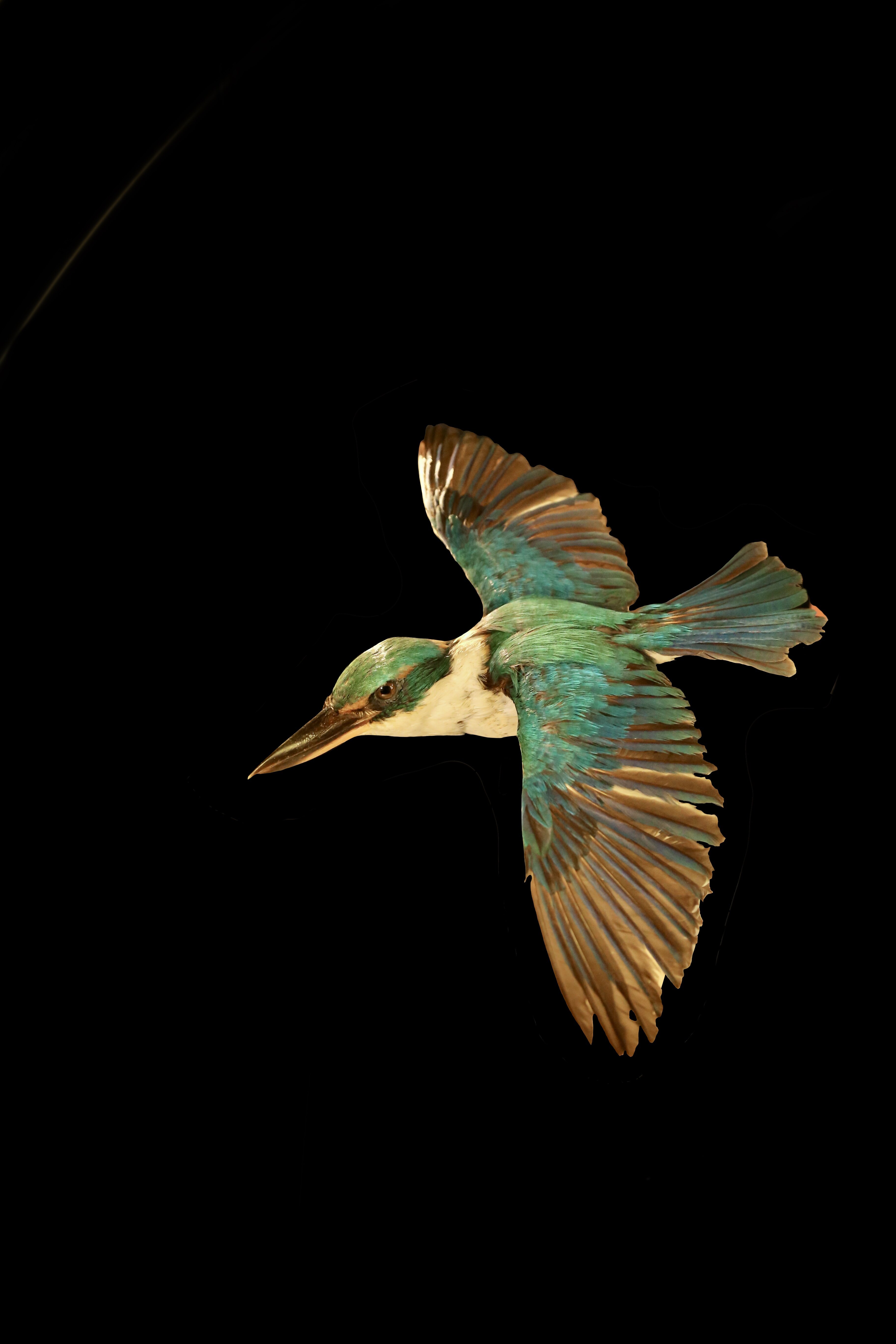24 NOVEMBER – 26 JANUARY. FREE, DROP-IN.
Presenting... The Art of Conservation is a new temporary exhibit at Oxford University Museum of Natural History.
Conservators play an important role in how we see things in museums. Without conservation work, priceless, rare, or extinct specimens and objects may fall apart, leaving little left for people to study or enjoy.
Natural history conservation is one of many fields of materials conservation. In a sense, it strives to do the impossible: to slow down the deterioration of specimens, keeping them in good condition in perpetuity.
The discipline combines science, heritage knowledge and a little artistry, often creating something that is in itself an interesting form of scientific art. Conserving our collections in this way also helps wider conservation efforts for wildlife, as well as natural, environmental, cultural, and built heritage.

